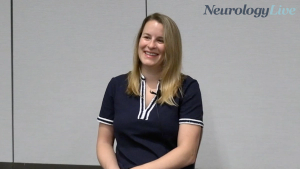|Videos|October 13, 2020
Optimal Management of OFF Episodes in Parkinson's Disease
Experts review the challenges of managing OFF episodes in Parkinson's disease and the current treatment options to optimize therapy.
Advertisement
Newsletter
Keep your finger on the pulse of neurology—subscribe to NeurologyLive for expert interviews, new data, and breakthrough treatment updates.
Advertisement
Related Articles
 Perispinal Etanercept Shows No Efficacy in Treating Chronic Stroke
Perispinal Etanercept Shows No Efficacy in Treating Chronic StrokeSeptember 16th 2025
Latest CME
Advertisement
Advertisement
Trending on NeurologyLive
1
Del-Zota Reverses Duchenne Disease Progression in 1-Year Trial Update
2
EMA Approves Semaglutide as First GLP-1 RA for Cardiovascular, Stroke-Related Benefits
3
Evolving Responsibilities of Vice Chairs in Neurology Leadership: Mud Alvi, MD
4
Stem Cells of Secondary Progressive Multiple Sclerosis Drive Increased Proinflammatory T-Cell Activity
5













































